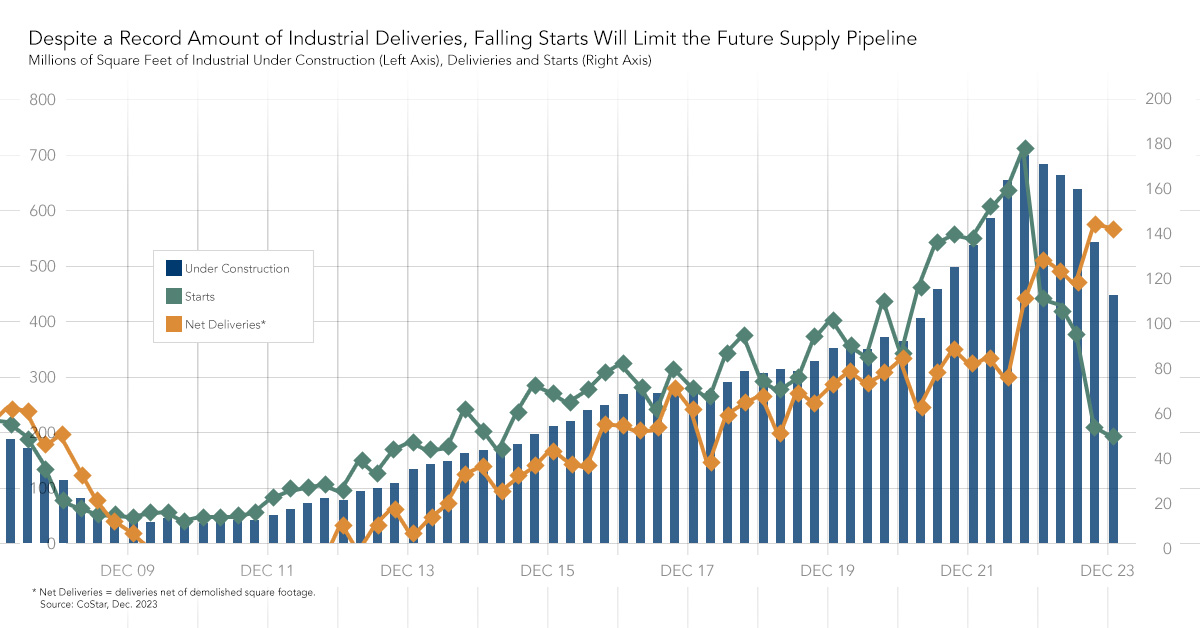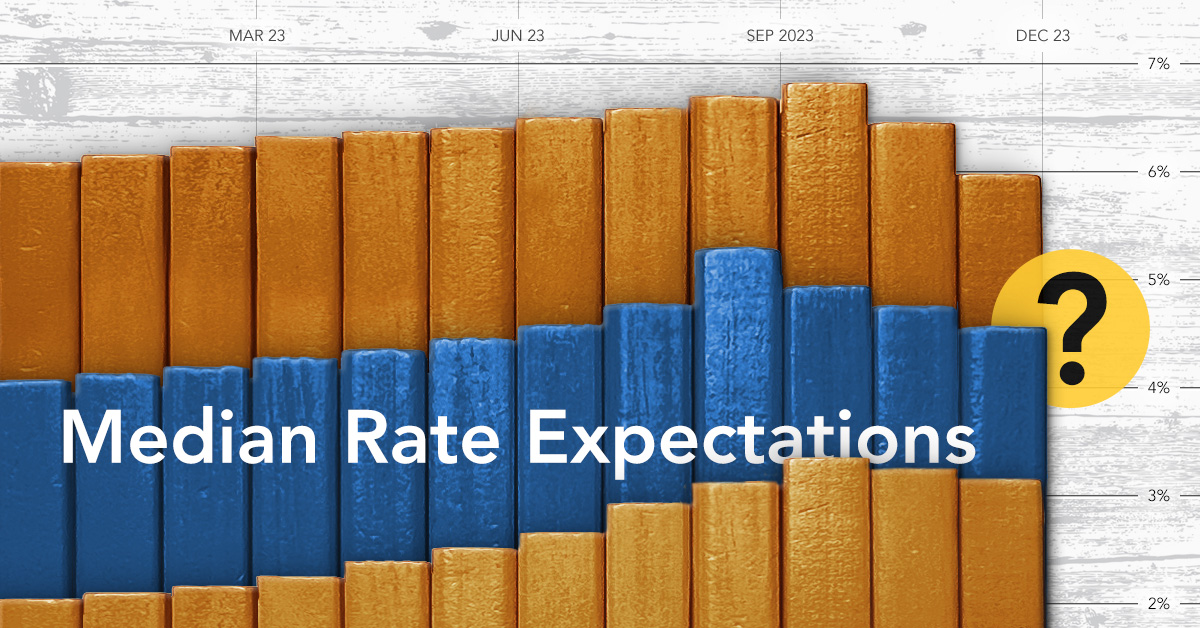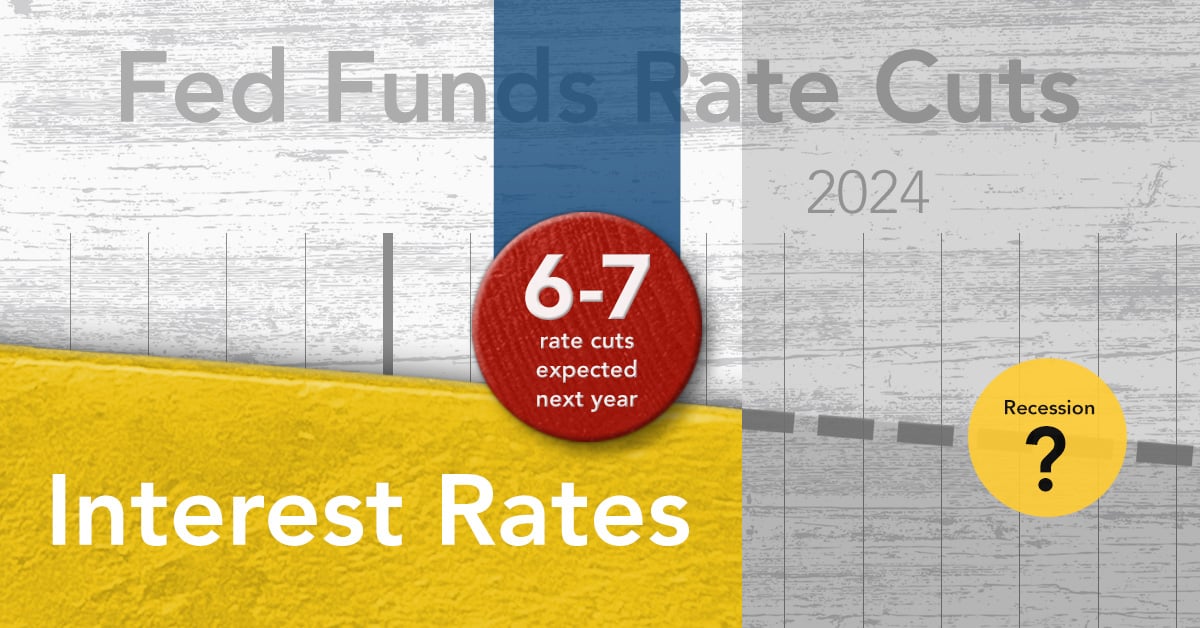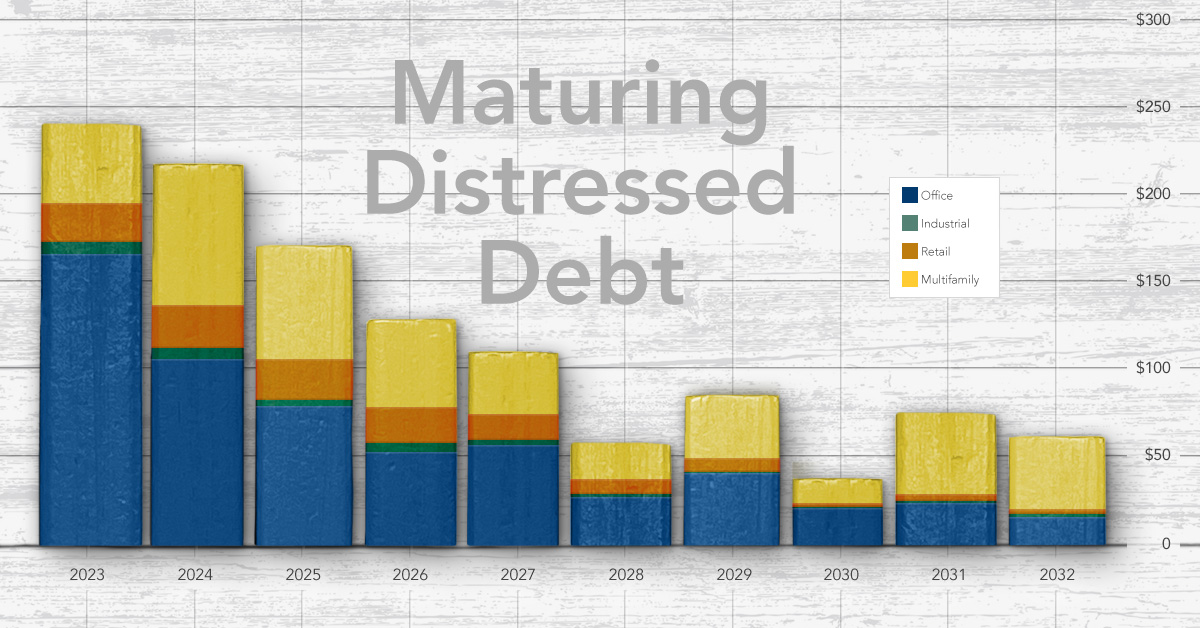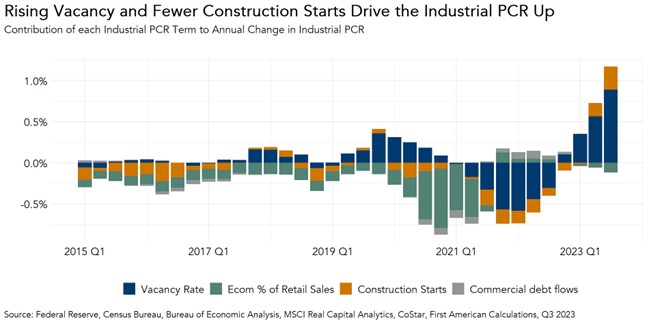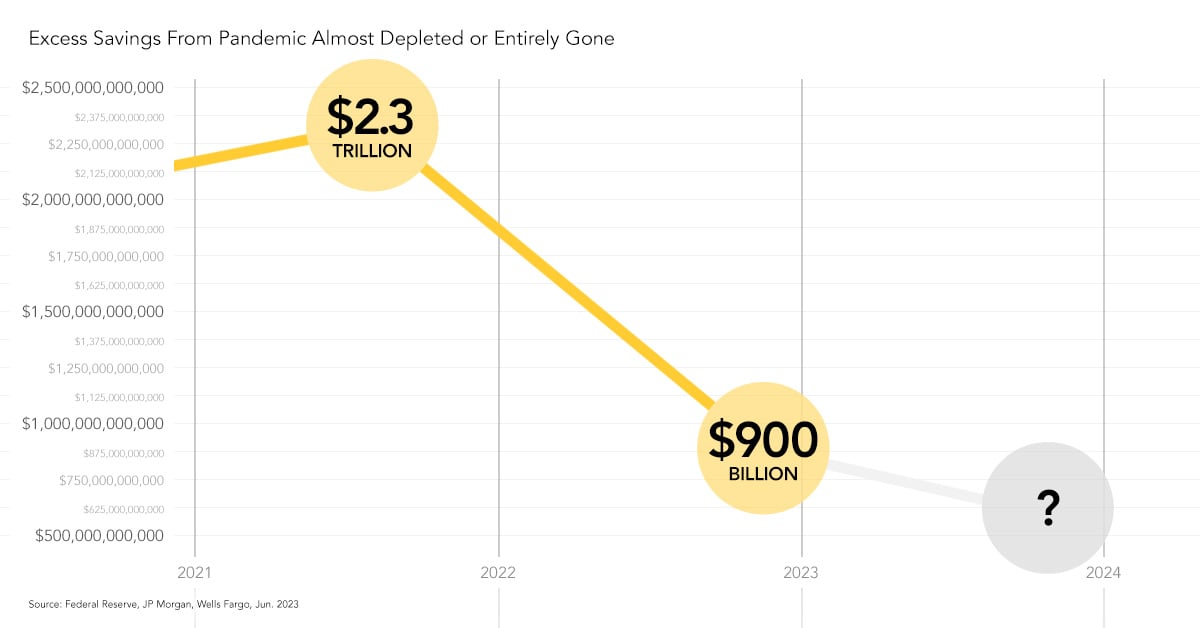Though the industrial market is softening compared to the pandemic days of double-digit rent growth and record-low vacancy, it is far from weak. Despite slowing rent growth and modestly rising vacancies, demand to lease industrial space remains strong, driven by long-term trends such as rising eCommerce sales, retailers’ need for modern logistics ...
Read More ›What’s Behind the Surge in Industrial Cap Rates?
Commercial Real Estate Industrial Real Estate Potential Cap Rate Model
CRE X-Factor - Will the Post-Valentine’s Day Retail Sales Report Come up Roses?
This Valentine’s Day, while couples nationwide enjoy romantic dinners, exchange chocolates and flowers, or cozy up at home with a nicer-than-average bottle of wine, economists will instead be focusing on something slightly less romantic: how much money people are spending on retail goods and services. While the retail sales report that comes out ...
Read More ›Why Apartment Rents are Poised to Decline in Former Pandemic Hot Spots
Nationally, a substantial amount of new apartment supply will be delivered in 2024. Increased supply empowers renters with more choices, prompting landlords to compete through pricing. Some cities have a lot more supply coming to market than others, and each market’s ability to absorb new units, as well as how many vacant units are left over after ...
Read More ›CRE X-Factor - Great Rate Expectations for 2024
In a recent article, we juxtaposed the Federal Reserve’s projections with the “wisdom of the crowd” to consider possible interest rate outcomes in 2024. In this X-Factor, we explore the uncertainty surrounding interest rate expectations more broadly. For example, if there is a soft landing, there’s still a chance, according to the Fed’s own ...
Read More ›2024 Will be a Year of Transition in Commercial Real Estate
A new, albeit not particularly comforting refrain has become popular in the commercial real estate (CRE) world -- stay alive until 2025. Many are hoping that by 2025 inflation will be demonstrably tamed and the Federal Reserve will have lowered interest rates. But getting to 2025, as the catchphrase suggests, means that 2024 will be a year of ...
Read More ›CRE X-Factor – Lower Prospective CRE Returns Contribute to Depressed Transaction Volume
The recent rise in long-term interest rates suppresses commercial real estate (CRE) transaction volume in two primary ways. First, higher long-term interest rates typically lead to higher CRE mortgage rates, which make CRE deals less profitable. Lower prospective returns on CRE deals incentivize buyers to wait on the sidelines until prices fall ...
Read More ›Debt Maturities Driving Involuntary Sales Will Set the Pace of Price Discovery
The primary driver of suppressed transaction volume in today’s commercial real estate (CRE) market is the gap in price expectations between prospective buyers and sellers. Falling prices and rising cap rates make buyers hesitant to jump into the market, since a better deal might be waiting in the near future. On the other side of the table, owners ...
Read More ›Pandemic Aftershocks Drive Industrial Cap Rates Higher
The state of today’s industrial commercial real estate (CRE) can largely be explained as the result of pandemic-related aftershocks. During the pandemic, e-commerce sales soared as millions of stuck-at-home consumers turned to online retailers to purchase goods. Meanwhile, COVID-19 disrupted global supply chains, which made it more difficult for ...
Read More ›CRE X-Factor - Consumers Face Headwinds Heading into 2024
As pandemic-era restrictions and precautions eased, consumers began to spend the money that they had saved during the early parts of the pandemic. The resulting surge in consumer spending contributed, at least in part, to the runaway inflation that eventually triggered the Federal Reserve to hike interest rates at the fastest pace in decades. ...
Read More ›What’s the ‘Real’ Story Behind the Strength of the U.S. Consumer?
In mid-September, coverage of the Census Bureaus’ latest monthly retail sales release focused on how the 2.5 percent year-over-year increase in retail sales in August was a sign of ongoing consumer strength. But the retail sales report is not inflation adjusted, it is expressed in nominal terms. This nominal 2.5 percent growth, therefore, excludes ...
Read More ›
